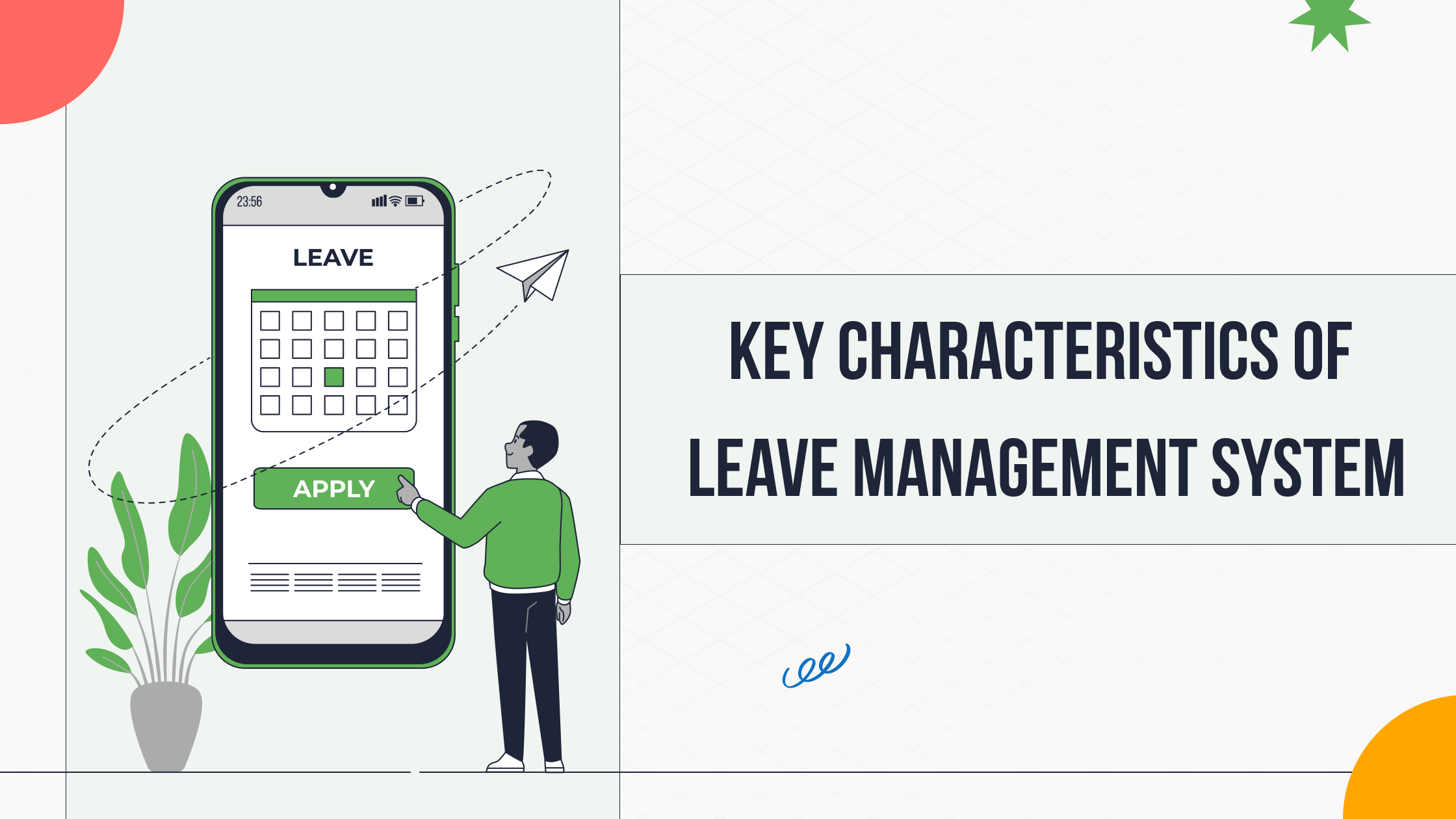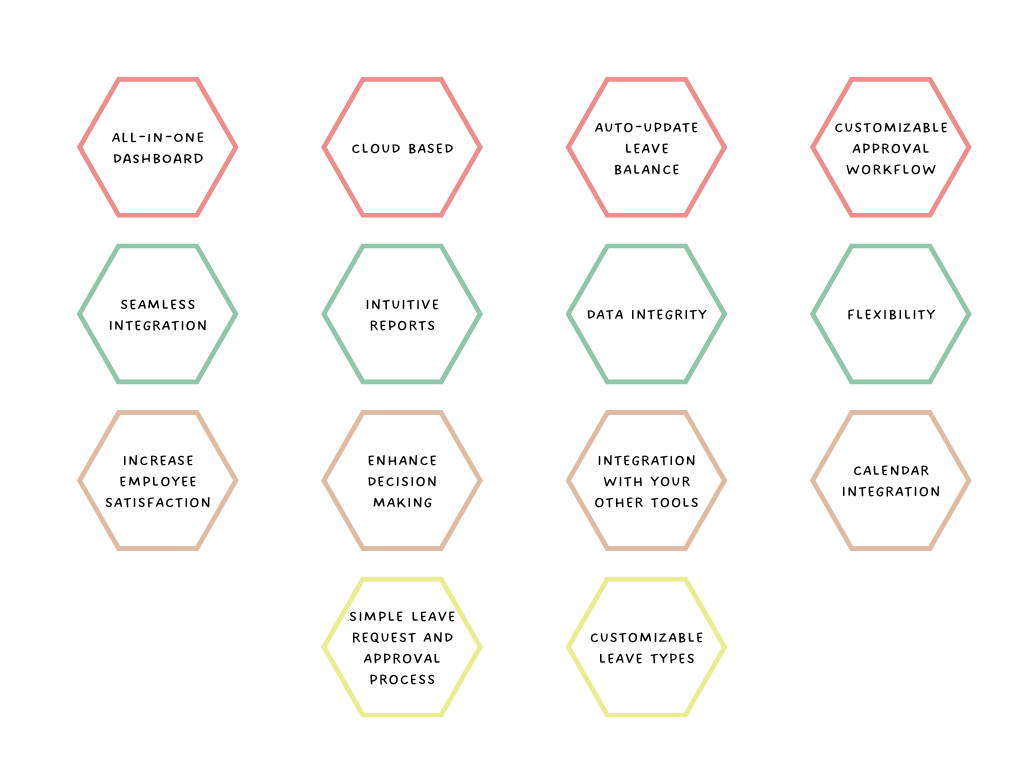UBS App is now Superworks

Have you ever been frustrated by the complexity of leave management Software?
You have no idea how many leaves are pending, who has signed off on what leave, or who has not yet asked for leave. And heaven forbid that every employee wants his/her leave at the same time!
Whether you like it or not, staff members are going to take time off at some stage. This could be compulsory (for example, sick leave, maternity or paternity leave) or optional (i.e. vacation). In either case, the company must be prepared.
Managing leave can be a real pain. But with the UBS Leave management system, all this becomes a thing of the past.
Read on to learn how leave management systems can improve employee relations and cut costs.


There should be a simple system for managing leaves, but this is often easier said than done.
At the same time, you must ensure that the system successfully mitigates the impact of any lost production due to missing personnel and checks all of the necessary HR and regulatory boxes.
When it comes to putting up an absence tracking system for your company, there are fourteen things to keep in mind.
While asking for leave, workers can check their leave balance and see what days their colleagues have off.
To effectively analyze leave requests, managers and HR personnel need access to individual leave balances, holiday lists, department schedules, and staff coverage.
Cloud-based software can be accessed through a variety of Platforms.
Employees and managers can ask for leaves and accept them using mobile devices, computers, and tablets from anywhere at any time as long as they have internet service.
It also eliminates the hassle of software installations and upgrades.
If your HR team has to manually measure and manage your employees’ leave balances, then investing in a leave management system is futile.
Your attendance monitoring system should keep track of every worker’s leave history and show it to both employees and managers.
To achieve an efficient process, you must be able to develop flexible workflows and establish a department-based structure. The post workflow must auto-populate once a worker selects his or her unit.
Outdated, antiquated software creates data silos.
The integration of HR Software with a product that seamlessly integrates with your existing HR Management applications will save your time, eliminate barriers, and enable cross-functional reporting.
Accurate reports can help you see patterns in your team and better understand your employees’ requirements.
You may discover that your team members are taking too few vacation days, which could lead to burnout and poor performance. Moreover, you may discover that certain employees have a proclivity toward absenteeism, and you will need to find new strategies to inspire them.
You should be able to generate insights within your system and then transfer them as CSV files in the ideal scenario.
You may need to accommodate for accrual and transfer of leave days, based on your time off policy and local legislation.
You should be able to configure your carryover policy in your leave system, and it should track and present leave balances to both HR and workers.
If your HR team has to manually calculate vacation balances, it may result in tracking inaccuracies and payroll concerns.
When it comes to policies, no two organizations are the same. Even within the same organization, leave regulations and vacation calendars may differ depending on the location of the office, the team you work in, and other characteristics.
A great online leave management system enables the company to customize all leave rules for their business, including workweeks, balance due, accrual calculation, encashment policies, and so on while adhering to all state and federal standards.
Consider how convenient it would be if you can request for leave, accept it, reject it, or handle it all from a single screen or your phone.
Isn’t that going to make your life a lot easier?
A virtual solution that permits everyone to manage their leave data on the fly is a must-have in today’s environment for both employees and employers.
A mobile-based application will enable you to handle them all on the run – anytime, anywhere – whether it’s gathering geographically location-based attendees, work hours, reimbursements, and claims, or activities like leave application, monitoring, acceptance, or refusal.
Your leave management system should ideally interface with existing tools like UBS PMS, and UBS chat.
For instance, If you’re already using Slack to chat, share documents, and so on, it makes sense to be able to request and approve leave from within it.
Linking with your existing apps would simplify things and minimize the need for your entire team to be trained on how to utilize a new product.
In the same way, you integrate communication platforms like Slack or Teams, your leave management system should integrate with your calendar.
We believe that viewing team availability within Google, Outlook, or Apple calendars would be more convenient than keeping a separate time off calendar.
This is one of the most critical characteristics of the high-performing leave management system. It should be simple to use for your fellow teammates.
Team members should be able to see how many leave days they have left and plea time off using a quick and straightforward method.
HR should be able to complete the process easily. It would be helpful for them to view the individual’s profile and determine who else is on leave on the proposed days before approving or denying the request.
The workflow should be straightforward and efficient, with hardly any paperwork or administrative responsibilities.
In your leave management system, you should be able to customize leave types.
Different sorts of leave may be available depending on your company’s time-off policy and, in some cases, local labor laws. Some examples include sick days, unpaid leave, paternity leave, paid leave (PL), and vacation days.
Depending on your business’s location, you might have different leave policies, so you should be able to customize your system accordingly.
Lastly, your leave management system should be able to generate customized statistical reports, either tabular or graphical, based on all of the data you submit, without requiring any manual intervention.
This is especially important for your HR department, which spends a significant amount of time preparing and evaluating reports.
With the correct Leave Management system for your organization, you can stop wasting time, look to the future, be more efficient, and save money.
We would recommend UBS, which is one of the top HRMS systems because it integrates so many HR operations into one system.
The management of leave is an important HR activity. However, it is frequently inefficient, time-consuming, error-prone, and results in productivity losses.
This blog’s fourteen suggestions will assist you in developing a better leave management strategy and avoiding the most typical concerns and problems.
Try the UBS leave management system solution for the finest approach to managing leave in your company. This provides a simple, automatic solution to guarantee that paid leave benefits rather than hinder your company’s product.
We are here to help you find a solution that suits your business need.
Get a visual representation of how we work!
Schedule DemoOur sales expert is just one call away to meet your needs.
Get In TouchHave a question?
Chat with Us